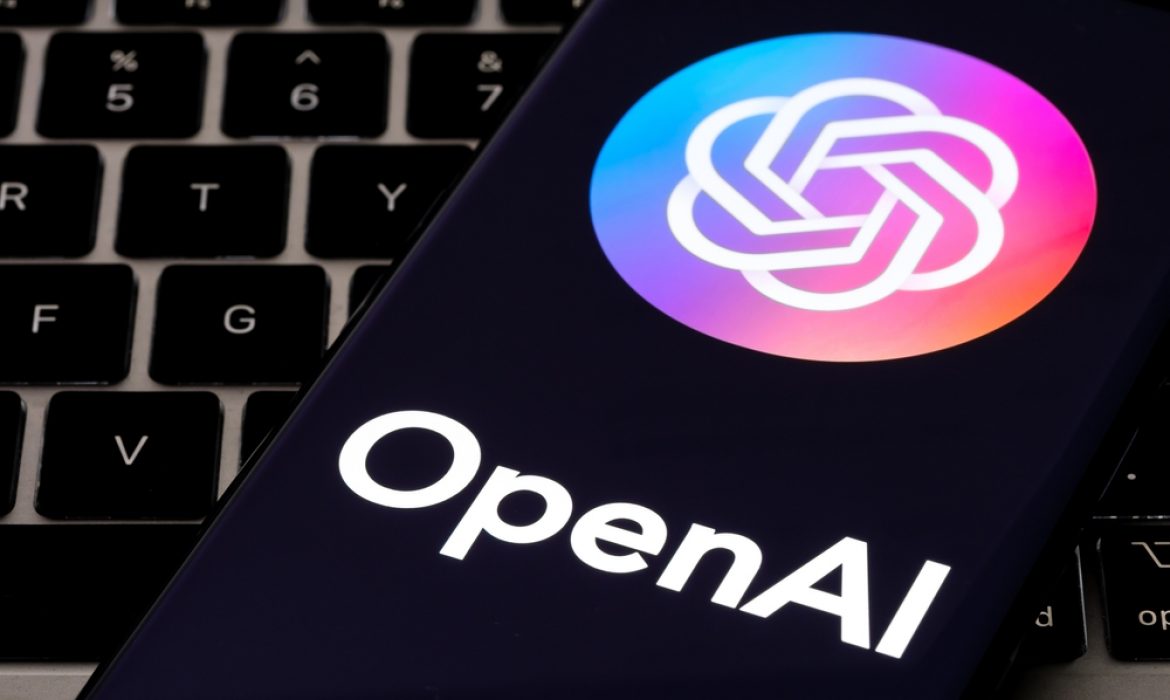In a groundbreaking update, OpenAI has introduced significant enhancements to its popular ChatGPT application, marking a major step forward in the evolution of conversational AI.
The first notable feature is the addition of voice capabilities. Users can now select from a roster of five lifelike synthetic voices, enabling real-time voice interactions with ChatGPT. This innovation allows users to engage with the chatbot as if they were in a conversation over the phone, receiving spoken responses to their queries.
Additionally, ChatGPT has been equipped with the ability to answer questions about images. While this feature was initially teased during the unveiling of GPT-4, the model powering ChatGPT, it has now been made available to the wider public. Users can upload images to the application and inquire about the content of the images, opening up a new dimension of interaction.
These updates follow OpenAI’s recent announcement that DALL-E 3, the latest iteration of its image generation model, will be integrated with ChatGPT, allowing users to generate images using the chatbot.
The voice functionality relies on two distinct models. Whisper, OpenAI’s established speech-to-text model, converts spoken words into text, which is then fed into ChatGPT. Simultaneously, a new text-to-speech model transforms ChatGPT’s responses into spoken language.
OpenAI has carefully curated these synthetic voices by training the text-to-speech model using the voices of hired actors. The primary criterion for voice selection was ensuring that users could comfortably listen to these voices for extended periods.
While these voices are chatty and enthusiastic, it’s important to acknowledge that individual preferences may vary. Some users may find these voices appealing, while others may not.
OpenAI is extending access to this text-to-speech model to a select group of companies, including Spotify. Spotify has disclosed its use of the same synthetic voice technology to translate celebrity podcasts into multiple languages using synthetic versions of the podcasters’ voices.
This series of updates highlights OpenAI’s rapid transformation of experimental models into sought-after products. Since the success of ChatGPT’s launch in November, OpenAI has been diligently refining its technology, making it available to both consumers and commercial partners.
ChatGPT Plus, OpenAI’s premium app, now offers a comprehensive experience, incorporating GPT-4 and DALL-E into a single smartphone application that rivals digital assistants like Apple’s Siri, Google Assistant, and Amazon’s Alexa. Previously exclusive to select software developers, it is now accessible to anyone for a monthly fee of $20.
OpenAI’s dedication to enhancing ChatGPT’s functionality reflects its commitment to making the chatbot more valuable and helpful for users. These recent developments underscore the continuous evolution of conversational AI and its growing role in various applications across industries.
In a demonstration of the image recognition feature, Raul Puri, a scientist working on GPT-4, showcased how users can upload images, ask questions about them, and receive accurate responses from ChatGPT. This feature has proven invaluable in solving various real-world problems, such as deciphering error messages and assisting individuals with visual impairments.
For instance, a company called Be My Eyes, which developed an app for people with visual impairments, has partnered with OpenAI to offer users the option of using ChatGPT to identify objects in photos. This partnership enables users to seek information from a chatbot rather than relying solely on human volunteers.
OpenAI acknowledges the potential risks associated with these updates. Combining models introduces new levels of complexity and potential misuse. To mitigate these risks, the team has spent months brainstorming and implementing safeguards. For instance, users cannot ask questions about images featuring private individuals.
Addressing potential concerns, Joel Fischer, a researcher specializing in human-computer interaction, notes that the introduction of voice recognition could pose challenges for users with non-mainstream accents. Moreover, synthetic voices carry social and cultural implications that can influence users’ perceptions and expectations of the application, highlighting the need for ongoing research in this area.
OpenAI is confident that it has addressed the most pressing issues and considers ChatGPT’s updates safe for release. Despite the complexities involved, the team believes it has successfully navigated the challenges, making the application even more powerful and versatile.
These updates mark a significant milestone in the development of conversational AI and its potential to revolutionize how people interact with technology. OpenAI’s commitment to improving its products and ensuring safety underscores the company’s leadership in the field of artificial intelligence.
As users continue to explore the new voice and image recognition capabilities of ChatGPT, the future of AI-powered conversation appears brighter and more promising than ever.
